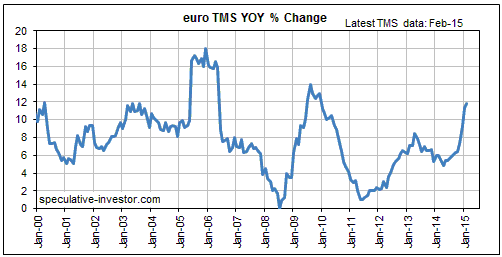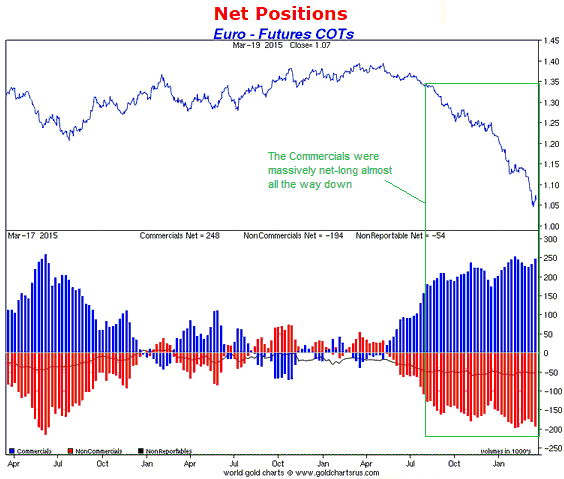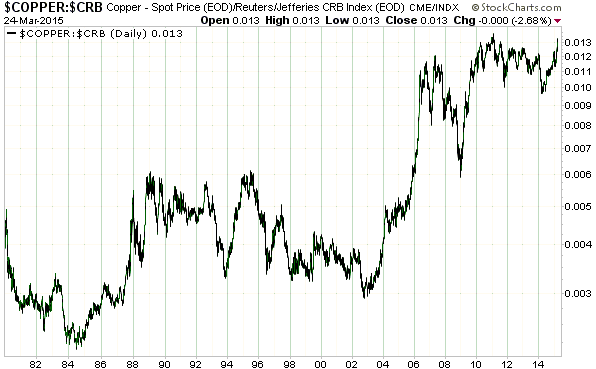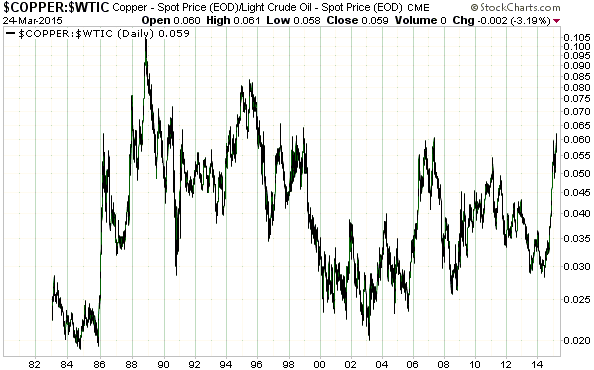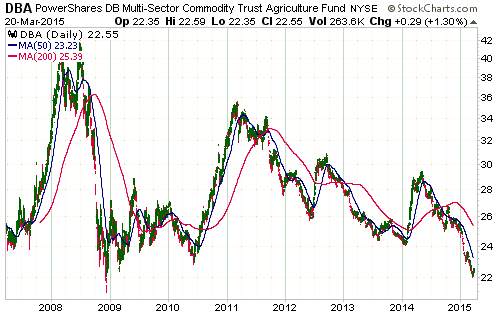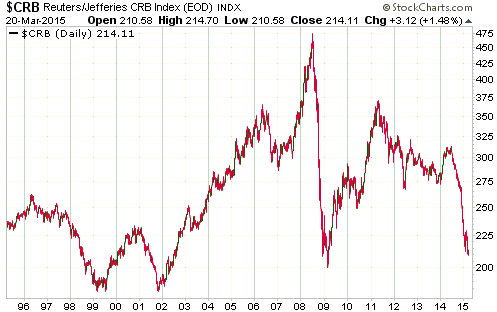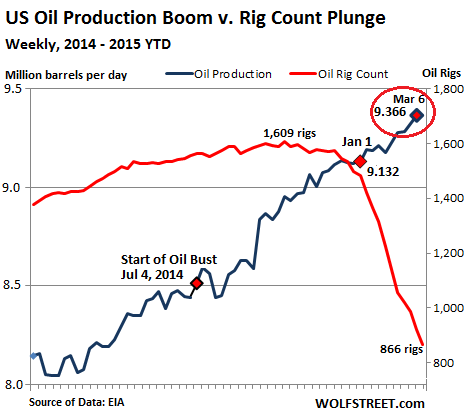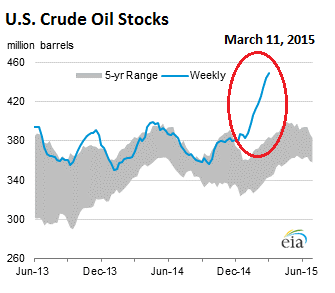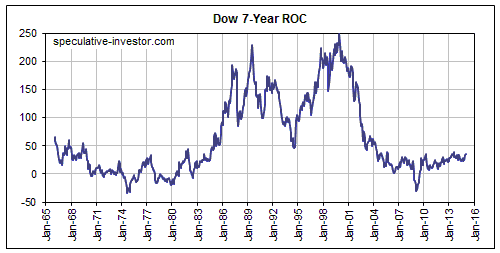There’s a school of thought to the effect that if the market price of a stock you own has fallen below the price at which you bought, you haven’t really suffered a loss unless you sell. If you don’t sell, all you have is a “paper loss”. While technically correct, this is an amateurish and dangerous way to look at things. If you view a paper loss as materially different from and of lesser consequence than a realised loss, then you are essentially deluding yourself. Incredibly, some newsletter writers encourage this form of self delusion.
There will usually be a chance that a stock in your account that is currently ‘under water’ will recover and move into profit. The probability of this happening could, in fact, by very high, but it is important to acknowledge the reality that it is now showing a loss and that a recovery is not guaranteed. The simplest way to do this is to regularly — say, at the end of every week — mark your portfolio to market. In doing so, a “paper loss” is accounted for in the same way as a realised loss and a “paper gain” is accounted for in the same way as a realised gain.
By taking the simple step of regularly marking your portfolio to market you will be facing up to reality and avoiding the counter-productive behaviour, when things are going badly, of ‘sticking your head in the sand’. Accordingly, you will be putting yourself in a position where decisions can be based to a greater extent on facts and to a lesser extent on hope — a position where you will be less likely to kid yourself.
Of course, almost all good practice in the world of investing/speculating is easier said than done.
 Print This Post
Print This Post

